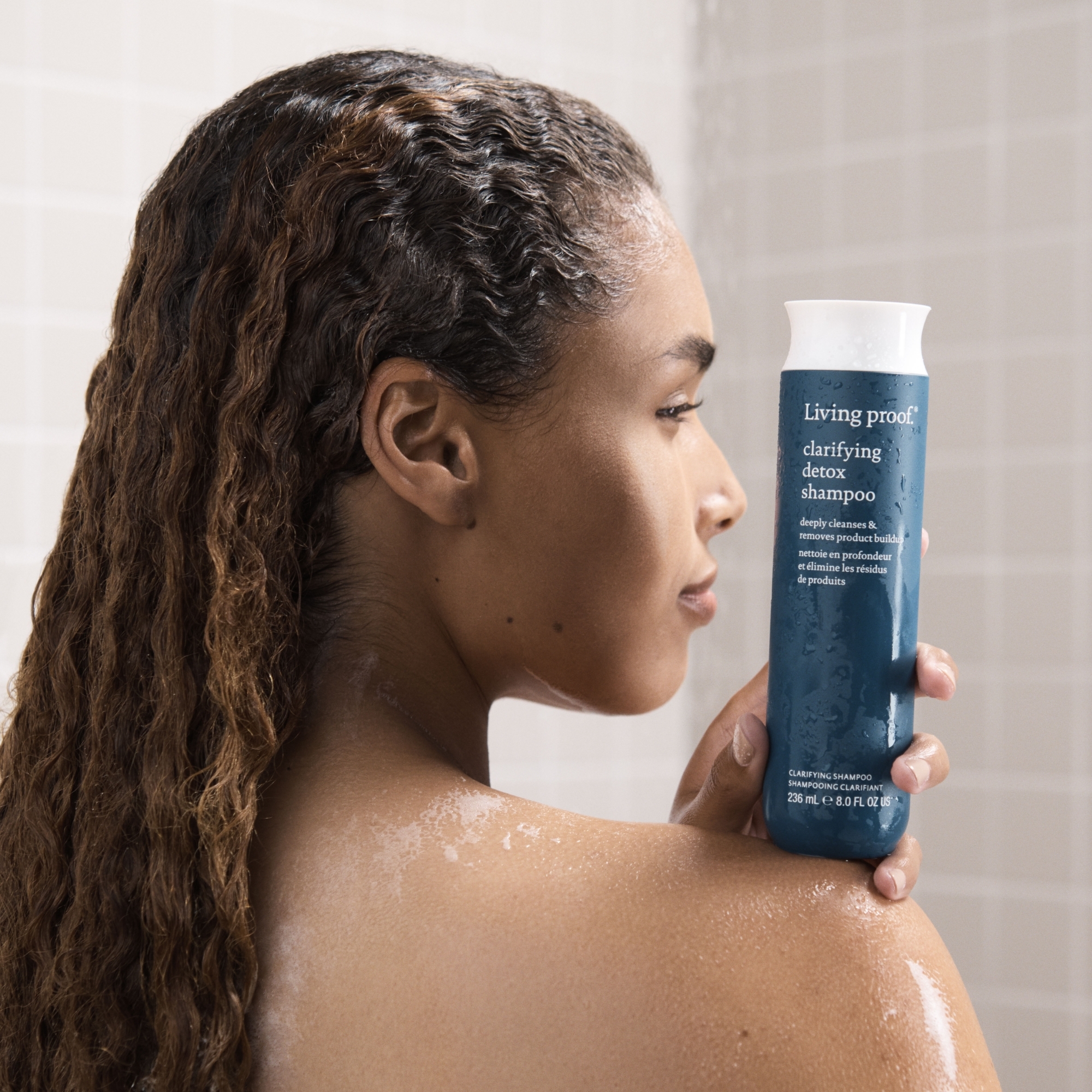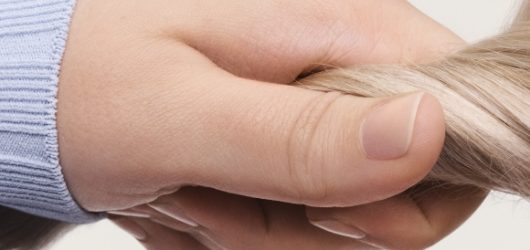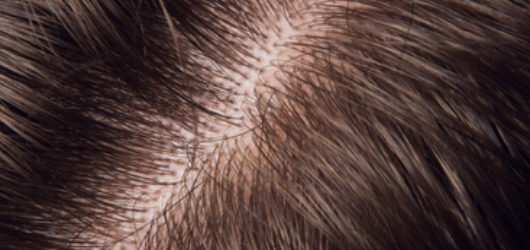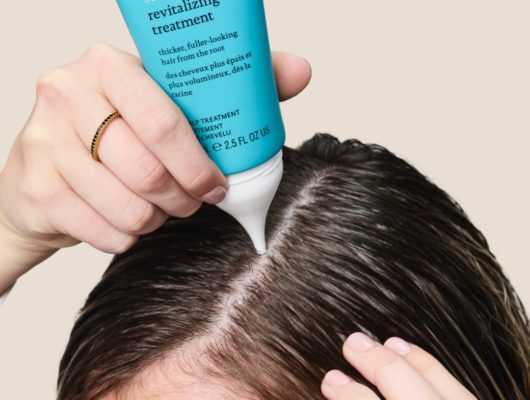
Dandruff vs. Dry Scalp: How to Tell the Difference
Dandruff and dry scalp are two of the most prominent scalp issues people face. When comparing dandruff vs. dry scalp, it’s easy to confuse one issue for the other. After all, they have some of the same symptoms, like flakiness. However, dandruff usually presents itself in large, oily flakes that are white or yellow—whereas a dry scalp may present itself in small, dry white flakes.
Here, we’ll explain the difference between dandruff and dry scalp in more detail, how to tell which condition you have, and how to address either issue to restore your scalp to a healthy state.
Whether it’s a dandruff shampoo or a dry scalp treatment, we have answers.
What is the Difference Between Dandruff and Dry Scalp?
The confusion between dandruff and dry scalp is that flakiness is one of the main symptoms of both conditions. Many people think they have dandruff at the first sign of white flakes without considering that there may be another issue at play. The problem: Dandruff and dry scalp have different causes and thus, need to be treated differently.
More on that below, but first, here’s how to tell if it’s dandruff vs dry scalp flakes.
How to Tell if it’s Dandruff
If you have dandruff (which is strictly relegated to the scalp) or seborrheic dermatitis, resulting conditions will appear as oily, large flakes that are yellow or white. You may also notice red and scaly skin or that your hair is greasy due to natural oils. You can potentially identify these factors based on things that cause them, including stress and hormones.
How to Tell if it’s Dry Scalp
If you’re experiencing dry scalp, your hair and scalp should appear dry, not greasy. It will result in dry, small white flakes, not large or yellow ones.

What Are the Causes of Dandruff and Dry Scalp?
As mentioned, dry scalp and dandruff have very different root causes. What causes dry scalp and dandruff?
Dandruff results from a fungal infection of Malassezia restricta and the presence of Staphylococcus bacteria, which produce excess oil on the scalp. The excess oil triggers skin cells to build up and shed at an accelerated rate. If you use hair oil, be cautious about using too much, as that can potentially worsen your dandruff conditions. You may consider using dandruff shampoos that contain anti-fungal ingredients like pyrithione.
Dry scalp is due to a lack of moisture and can result in flakes of dry skin.
Wondering why your scalp is suddenly dry? Typically, dry scalp is caused by cold, dry air, over-washing, or dehydration, and is a more common symptom in those with dry skin.
So, it’s important to address these problems differently. Once you’ve identified which one you’re facing, you can properly tackle it.
How to Address Dandruff
Since dandruff is triggered by a fungal infection, it requires antifungal actives such as pyrithione zinc, selenium sulfide, and ketoconazole to be treated. These ingredients are found in some over-the-counter dandruff shampoos, but you may need a prescription medicated shampoo, cream, or pill if the problem persists.
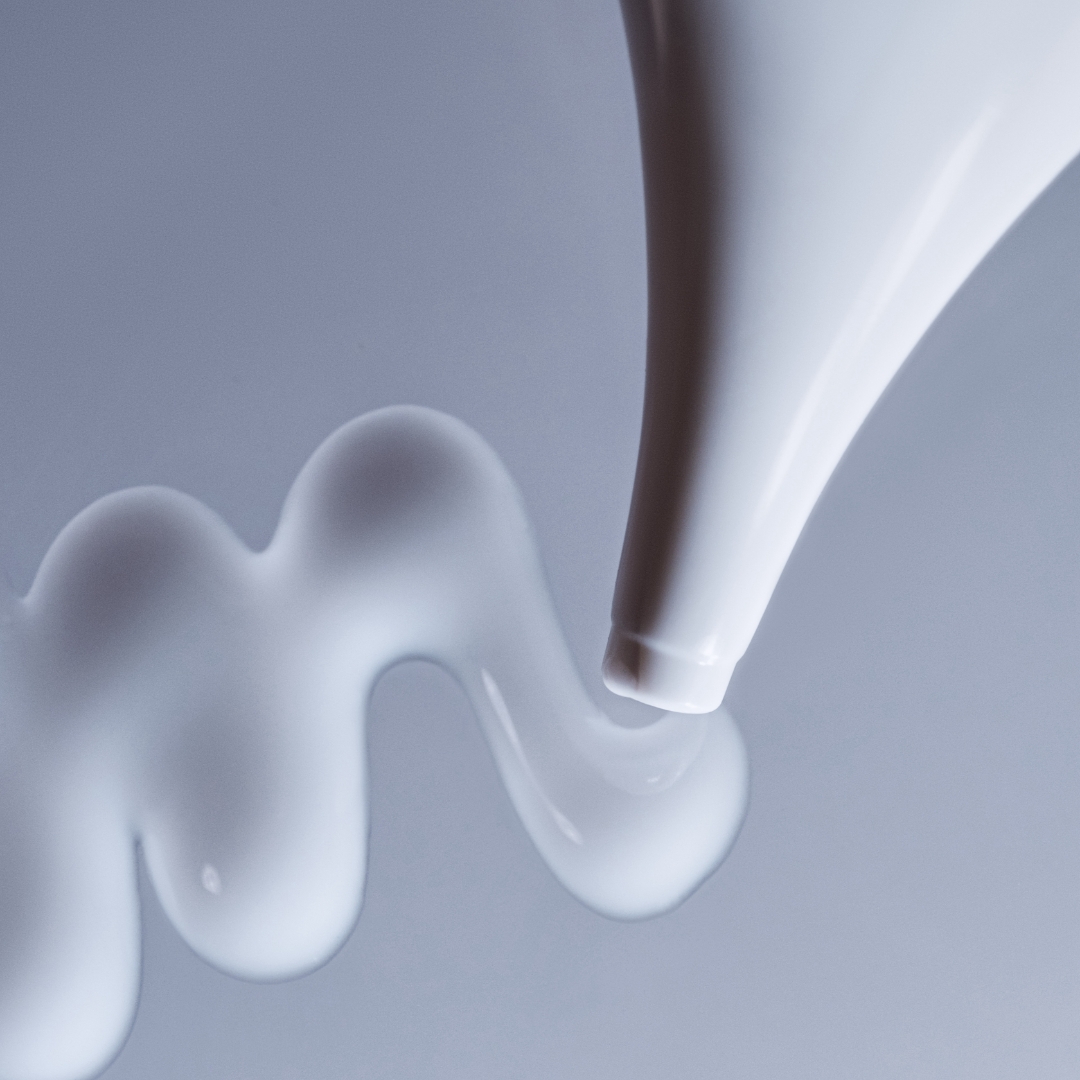
How to Address Dry Scalp
If you’re experiencing a dry and flaky scalp, consider the support of some dry scalp remedies and browse our hair products online to see what haircare routine can work for you. To restore that balance, your scalp needs niacinamide, which increases its ability to produce antimicrobial proteins (AMPs) that control the growth of the scalp microbes, and glycerin. This strengthens the outer layer of the scalp that prevents irritants from disrupting natural cell processes.
Wondering how to moisturize your scalp? You can address the problem at home with good scalp and hair care, starting with a scalp treatment. But, what is a scalp treatment? Our Dry Scalp Treatment contains a vitamin B3-based microbiome balancing complex that restores the balance on the scalp long-term. It’s a leave-in treatment made to instantly soothe flaking, itching, and irritation and provide lasting relief from dry scalp as it supplies sustained hydration. Use it three times a week for four weeks to bring your scalp back to health.
It’s important to note that this isn’t a dandruff treatment. So if you aren’t seeing results, you may want to refer to the above and ensure it’s not dandruff you’re facing.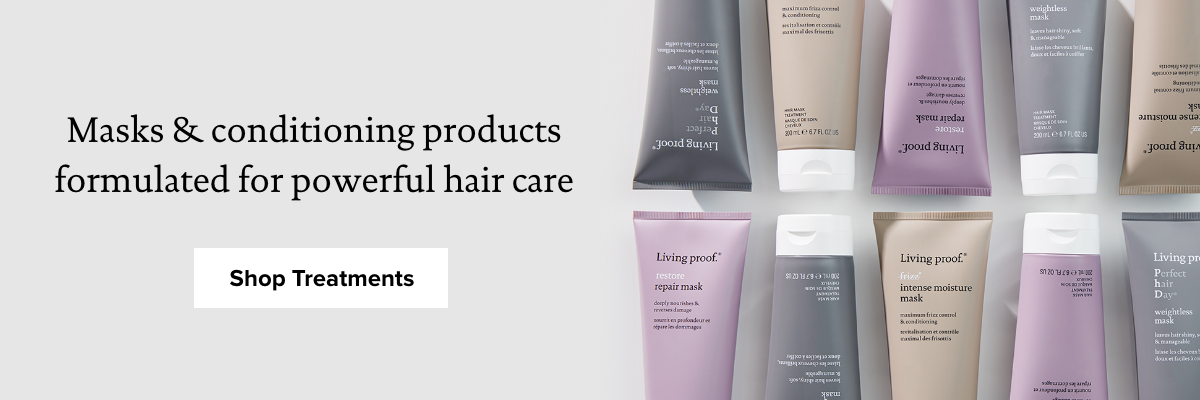
When to See a Dermatologist
Both dandruff and dry scalp can make the scalp itchy and irritated. If you can’t solve the problem with hair products or over-the-counter options, or you think it may be allergies or a skin condition such as psoriasis, then it’s a good idea to visit a dermatologist. They can help pinpoint the cause of your oily, or dry, flaky scalp symptoms and prescribe treatment if needed.

